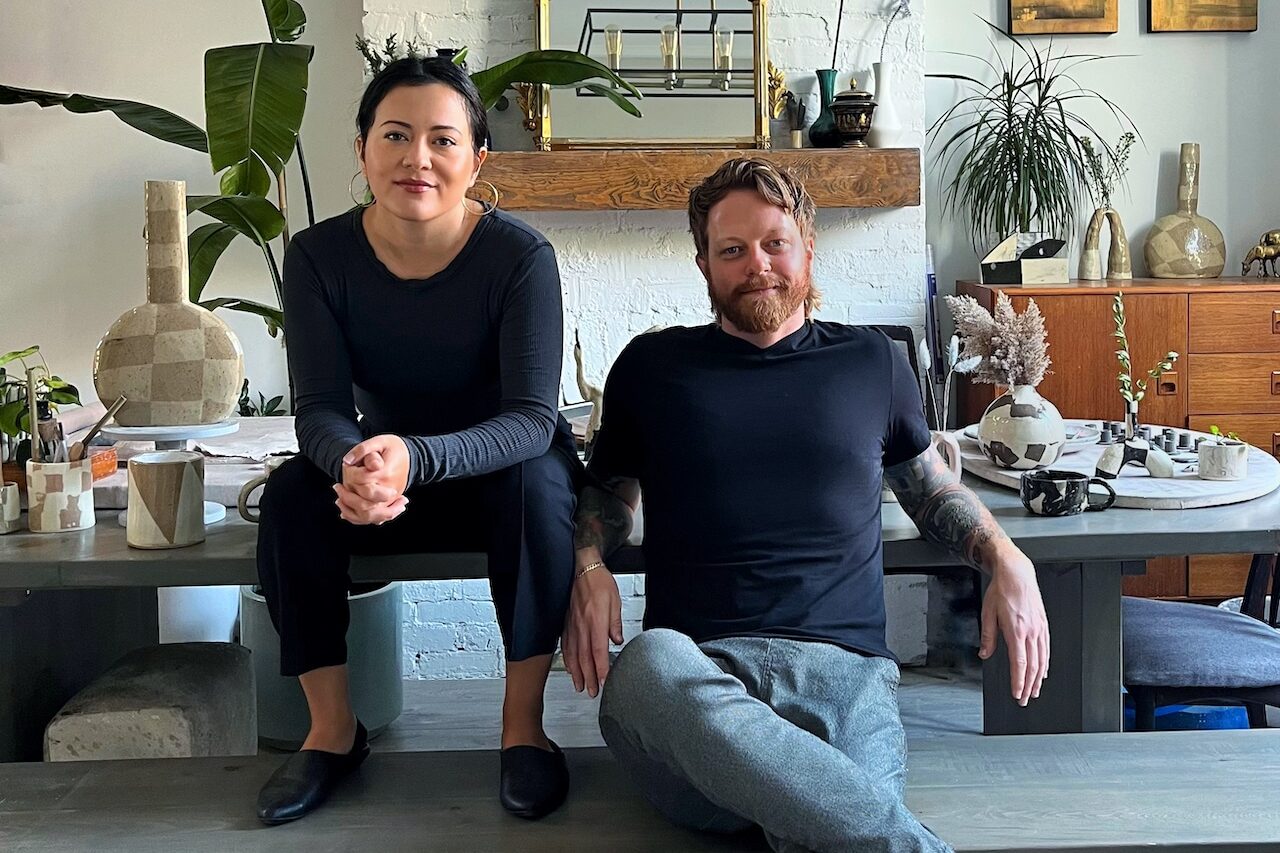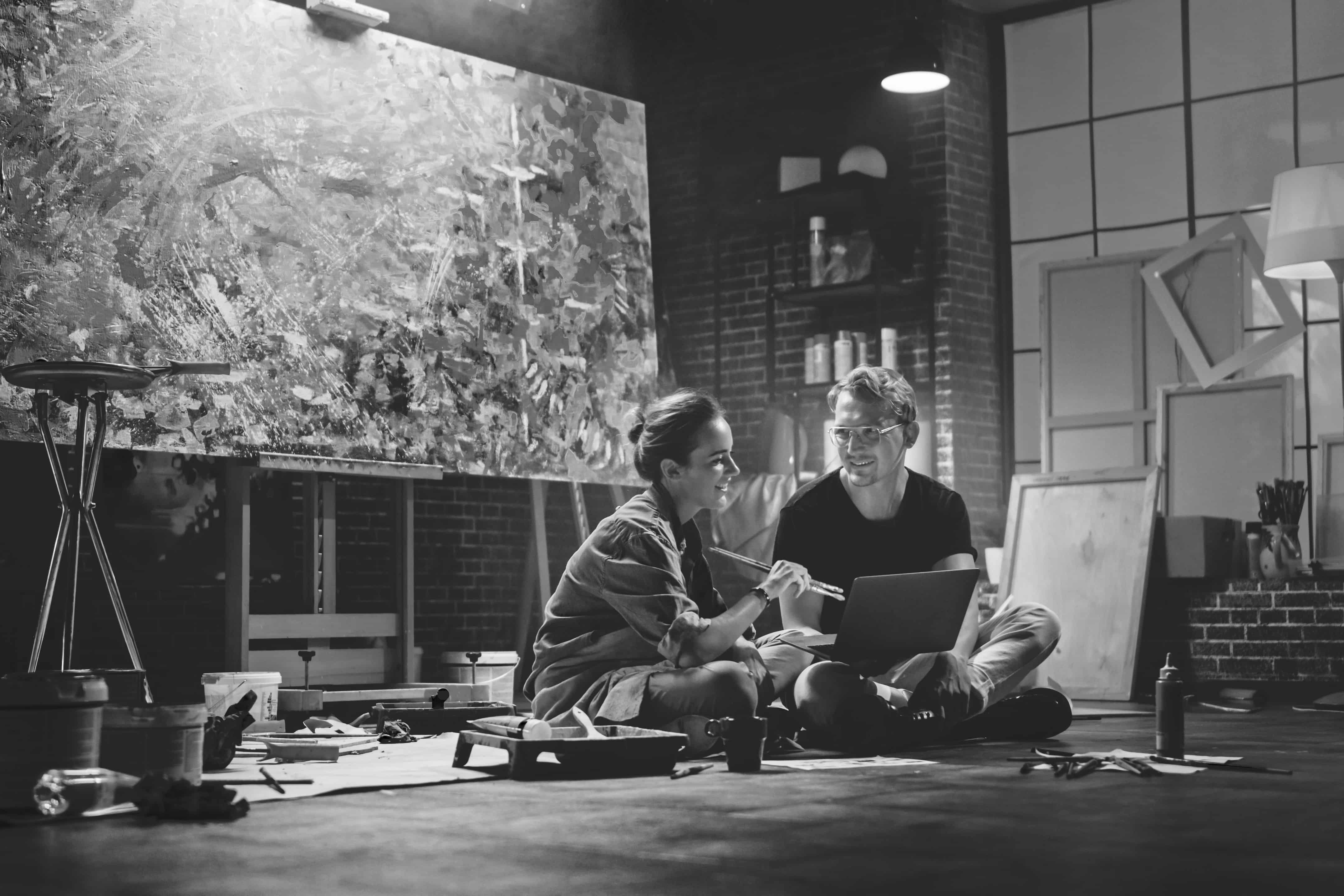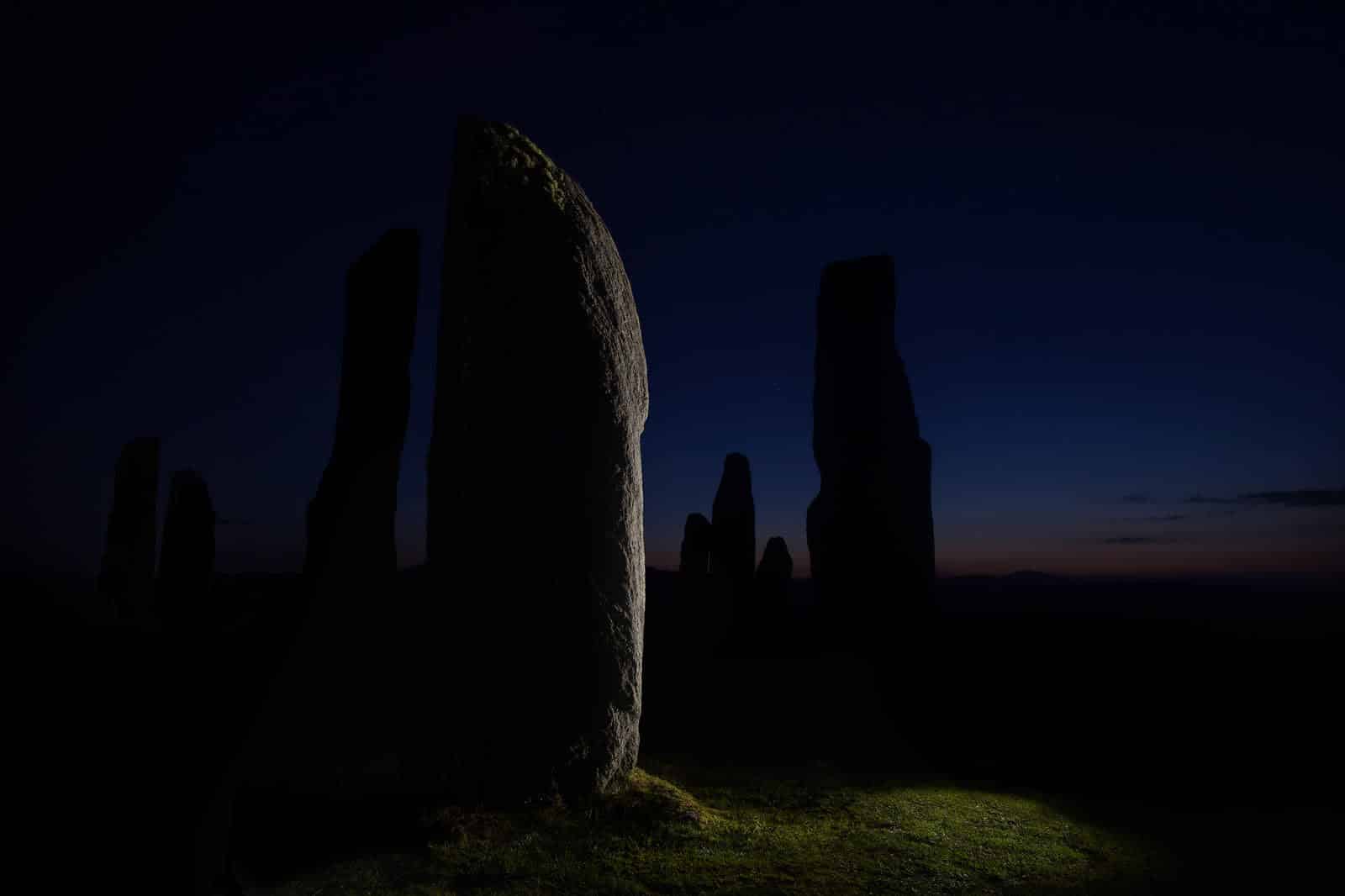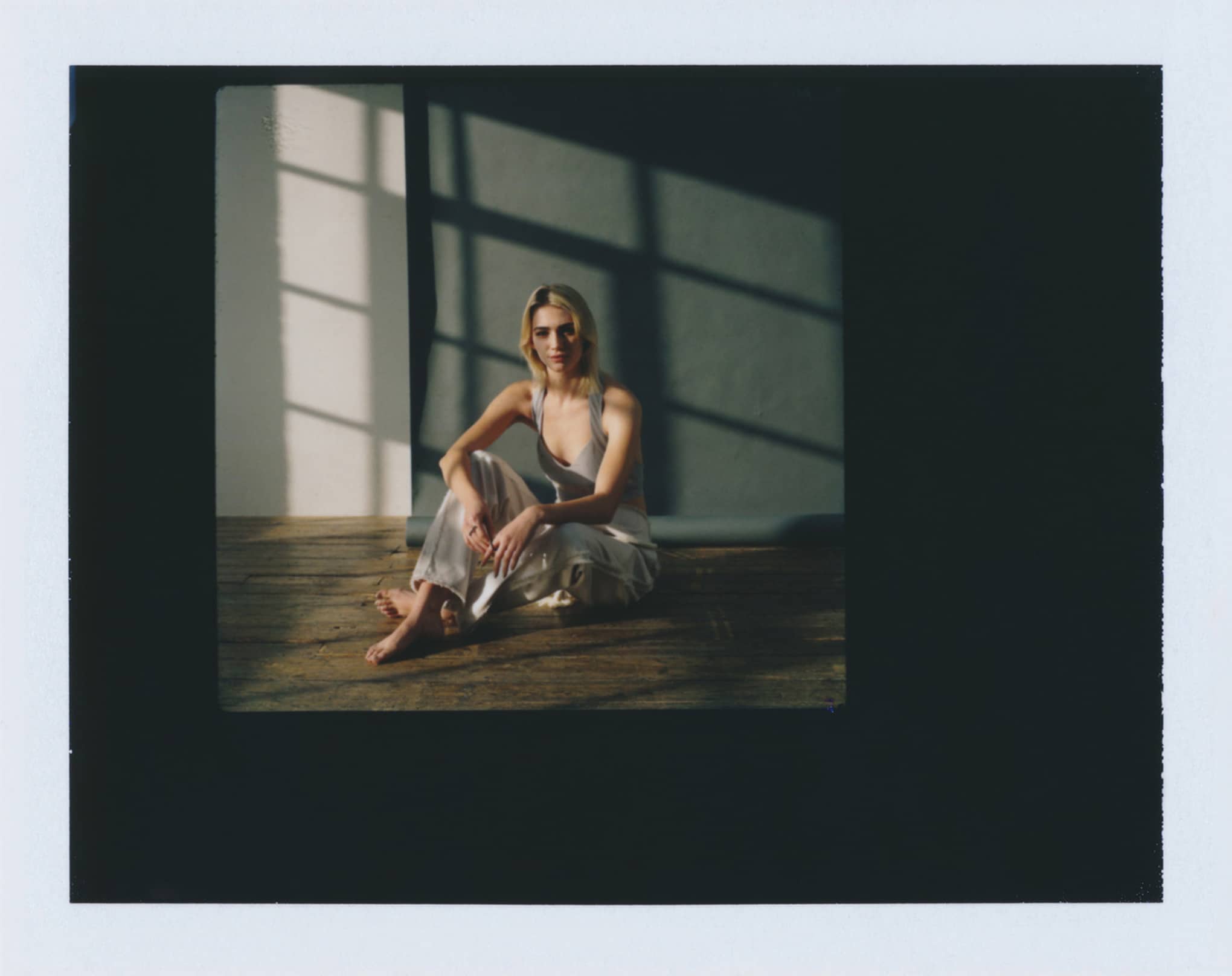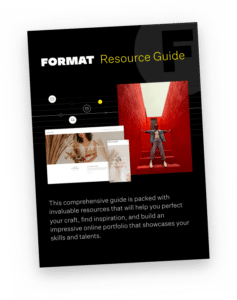Part I: From Idea to Installation
Having your work installed and acknowledged in a public space can be a huge milestone in an artists’ career. Your visibility is immediately bolstered–imagine: every person walking through a busy city square or transit corridor, every moment, every day, could be exposed to your work. The potential for additional commissions, and revenue, can make this process–which can be a bit daunting–all worth it.
Where to Find Opportunities
The reality is that public art is a huge endeavor overseen by multiple stakeholders including: municipal governments, art consultants, engineers, project managers, urban planners, architects, fabricators, and artists. All collaborating together to achieve one project. In effect, there are many cooks in the kitchen; similarly, there are also multiple ways to fund projects, with various sources offering opportunities to make art in the public realm and place-make within a city or town.
Specific granting programs allow artists or teams to apply for funds directly, including the Toronto Art Council’s Artist in the Library program, the many many opportunities at Creative Capita or the Art in California Parks granting program. There are a number of projects that aren’t available to the public with an open call for submission, instead these projects are by invitation from an art consultant or advisor, which then becomes a shortlist, in which you would be competing with a small pool of artists. To put yourself on their radar, research some art consultants or art advisories in your local communities, as well as larger firms that span across Canada and the United States; Mason Lane Art Advisory, Massiv Art and Public Art Management are good examples.
The best start is to research non-profits and charities that are specifically geared towards public art and urban spaces since they are the intermediary connecting artists with major clients. The Public Art Fund takes on a significant number of projects across major cities in the USA, while STEPS is a similar Canadian version. Project for Public Spaces creates programming, installations and place-making while The High Line is a shining example of performances and art in a public park in NYC.
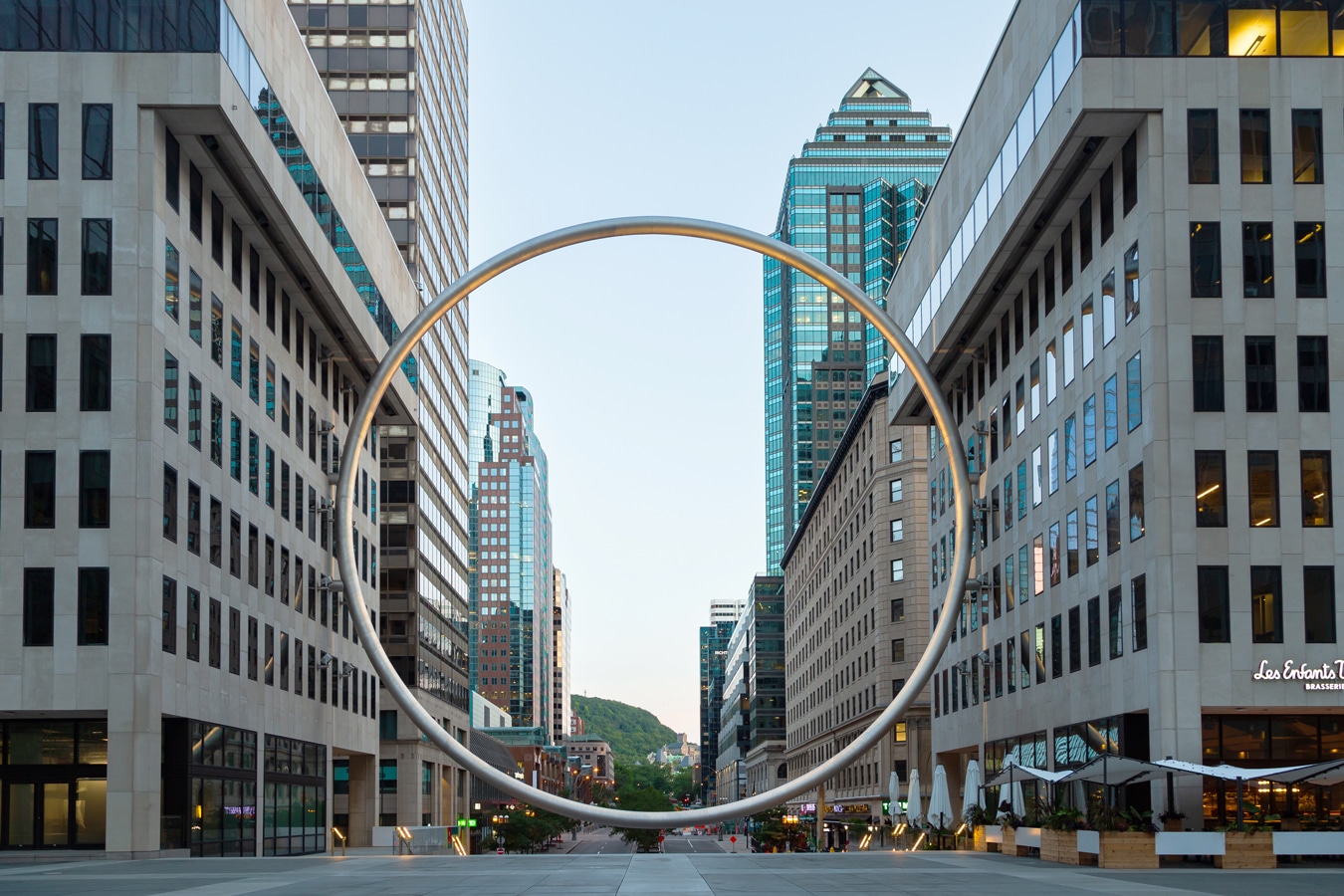
Going through municipal, provincial, state or nationally funded programs is another avenue; looking directly at your local city’s official websites for Requests For Proposals (RFPs) is always a good idea; like the City of Calgary Public Art Opportunities page or Government of Canada Public Art & Monuments program. Additionally, looking at transit authorities who usually have a highly robust art program including the Chicago Public Art Program and Metrolinx.
If the bureaucracy and red tape of governmental and publicly funded projects make them less appealing to you; then going through corporate or privately funded commissions could be an attractive alternative. Major banks like TD Art & Culture and BMO National Mural Series, and real estate developers have a keen interest in supporting the arts and creating public place-making in plazas, atriums, lobbies and outdoor spaces. Brookfield Properties is a great example of how their spaces can be shaped by major public art installations.
Finally, artwork is always in demand from the hospitality industry to bring life to hotel rooms, conference centers, lobbies, restaurants and other spaces; some examples of interior design for these places can be seen at Art & Objects and Uprise Art.
The Process
There are many stages to creating public art; and you will see some or all of these stages during your adventures creating art for the public–depending on how your project is funded and who is commissioning the piece.
1. Request for Proposals: Credential Submission
The process often begins with an initial short submission. This will just include your name, biographical details, CV, small portfolio of work and a concise letter of intent detailing your interest in the specific opportunity. There are so many submissions in this first round, the jury will then narrow down the artists to a shortlist who will then be asked to make a proposal.
2. Community Consultation & Surveys
Governmental organizations and transit authority juries and committees focus a significant amount of time consulting with local communities to see what kind of themes, visual styles, or materials are important to see reflected in the chosen proposal. Often your task as an artist is to incorporate these themes into your proposed artwork. For instance, if the brief says that the local community wants to see works representing ‘multiculturalism’ and see the use of recycled materials incorporated into the artwork, make sure your proposal touches on how you intend to fulfill that request.

3. Request for Proposals: Idea Development
At this stage, you have passed the first round and are now invited to submit a proposal, here is where the actual fun art-making begins! First, review all the materials and info packages sent to you. There will be specific guidelines about size, placement, safety, material or weight restrictions and details about the site that are unique. Keep these in mind as you generate a few ideas for the space.
You will need to make physical or digital mock-ups of your proposed idea. The idea is to create compelling, succinct visual and written material that translates your idea powerfully. Small scale mockups made in clay, foamcore or wood are a great idea; but digital 3D models made in programs like Rhino or SketchUp will be best at communicating the scale to a jury. Make sure to include short written descriptions detailing the artistic intent behind the work and use simple, accessible language without artspeak–your committee or jury may not be made up of other artists and academics.
4. Acceptance & Contract Negotiations
You finally hear back from the jury and you’ve been awarded the opportunity, HOORAY!
Now it’s time to take a very close look at the contract and discuss expectations regarding timeline, budget, project management responsibilities and deliverables. I would be very clear about specific deadlines and propose ones that match what is realistically achievable for you and your team. Executives, bureaucrats, and non-art individuals generally have no idea about the extent of the labor it takes to make an artwork, especially on those of large scale–don’t be shy to educate them and provide timelines that suit the needs of your producers and fabricators.
If the budget seems tight, be vocal about your concerns and ask for a contingency budget line. Remember, things will ALWAYS be delayed due to supply or labor chain issues, and will go longer than expected, which will have a domino effect on all of your fabricator’s tasks. Always preemptively factor in extra time to cushion your project realization.
Build Your Portfolio With Format
Rated #1 online portfolio builder by artists and makers.
5. Bid & Tender Process for Fabricators
Some public art opportunities–particularly those associated with government funding–require a formal bid and tender process. This involves contacting 2-3 outside fabricators (i.e. metal shops, 3D fabricators, sign printers etc…) to compete for the opportunity to create the work. Each fabricator will make a proposal of how they plan to use their specialized skills, materials and equipment to achieve your proposed idea. This is extra work on your part and there will be a lot of liaising back and forth between yourself and your potential fabricators to see if they can make the mural or sculpture within budget and on time.
6. Prototyping
Once a fabricator is chosen, it is time to make tests and prototypes. Research and test out the particular materials, patinas (how your surfaces may weather based on conditions), paint colours, textures, mould preparations etc…You will be problem solving and experimenting a lot during this process, while likely starting to work with a structural engineer or architect to determine some weight and safety concerns for a plinth, supporting structure, or for digital works: projection frameworks and equipment recesses/encasements.
7. Production
Once your prototype is approved, it is time for full production of the artwork! You will likely have to update the team with reports and images, detailing any changes to the budget, resource allocation and timing. Flag any issues early and often to avoid a bigger disaster later on in the process. Communication is essential during this period; make sure your fabricator is in direct contact with the engineer, architect, urban planner or any other production teams involved so everyone is on the same page.
8. Installation
Once the artwork and structural supports are ready, it is time to install in your designated space! If working with a town or city, you might need permits and approvals from several sources as your installation team arrives with your artwork, especially if it needs to be assembled onsite or if any areas need to be closed during its installation. Bring all the materials and tools you might need in the event something goes wrong, a part breaks or you need more time.
9. Maintenance Manuals & Documentation
The artwork is installed, you’re nearly done! The next part isn’t as sexy but is still an essential part of the process as you get close to the finish line.
The life of an artwork doesn’t end after its purchase or installation date; kind of like a baby, once born, you need to actually keep it alive. It will be your responsibility to create a comprehensive document that includes the name, brands and specific health/safety concerns of all the products and materials that were used to create the artwork. Include how often the artwork needs to be cleaned, with what cleaning materials and in the rare case there is damage, which professionals should be contacted to fix the artwork.
For digital works, you will need to plan for changes to equipment, and formats of the work as technology advances. Once you submit your manuals with the comprehensive conservation and maintenance plan, your last task is to professionally document your public artwork with extensive photographs and videos to keep for your archive and website.
Congratulations you did it!!!
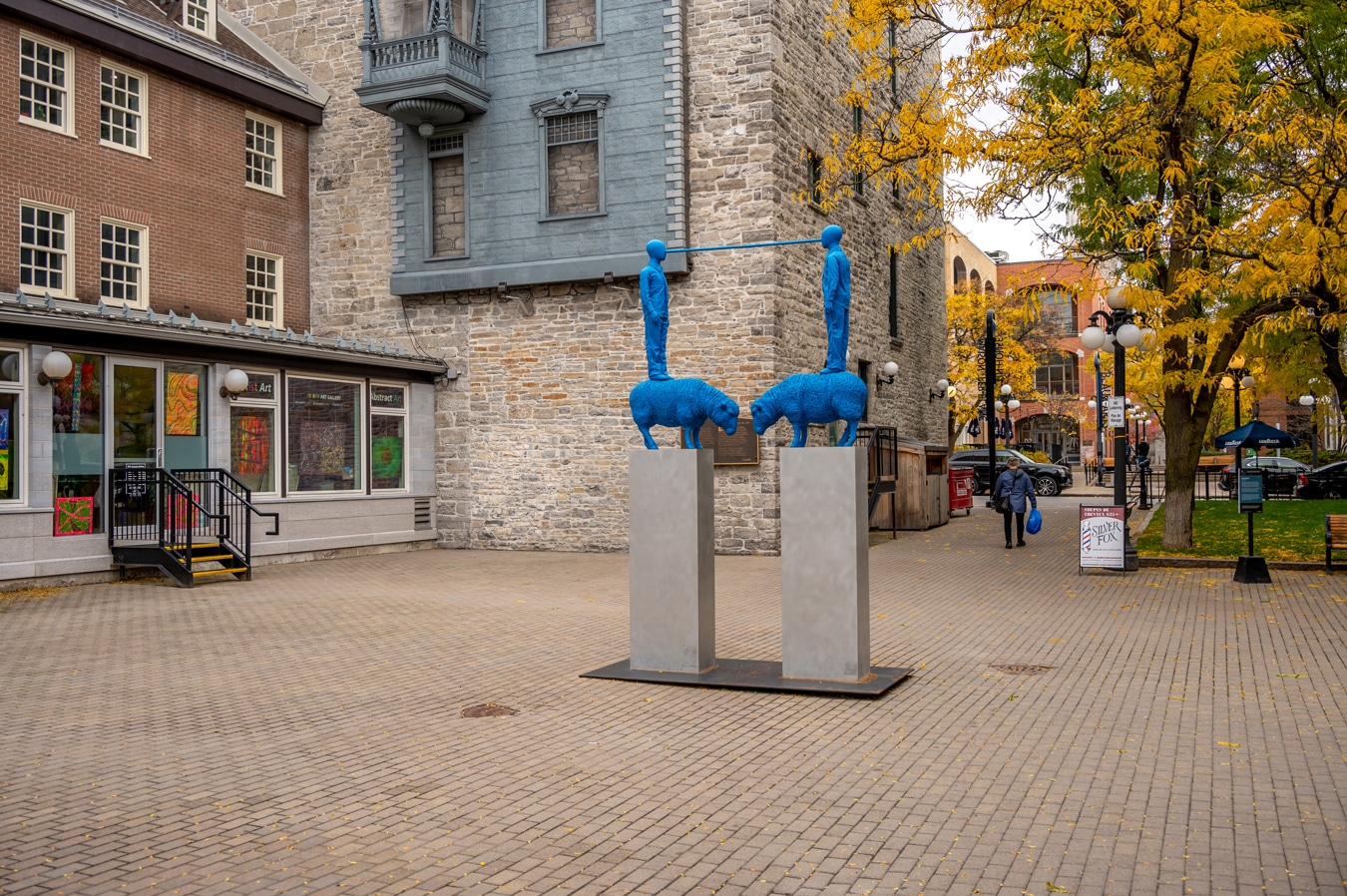
Real Talk
I will be 100% honest here; public art is 90% project management and 10% art-making. When a project is much larger in scope, it will mean a bigger budget to achieve your vision. With money and resources involved, there will be a hefty time commitment, and, more difficult to quantify: an enormous amount of personal responsibility and mental labor.
To that point; you will be burned out, stressed and overwhelmed by the sheer scale of the project, the number of people involved and the stakes. You will attend to this one project for months–if not years on end, as construction gets delayed or budgets get cut, so you will likely have to sacrifice other jobs and projects to keep this one going.
Keep Going
Public art is not for every artist. You need the following skills and qualities to survive an endeavour like this:
- Organization: through every stage of the process you need to be on the ball
- Stamina: there are a lot of stages!
- Communication: clearly and effectively by email and phone
- Maintaining tact and diplomacy in stressful situations.
- Emotional intelligence: being able to read between the lines or the vibe in the room
Lots of public art projects by successful artists get indefinitely delayed or canceled for reasons outside of the artist’s control. There are just so many players at the table and so much at stake that some projects just don’t get completed despite everyone’s best efforts.
While this sobering reality might be hard to swallow, please don’t feel discouraged. Take solace in the wise words of Captain Jean-Luc Picard, “It is possible to commit no mistakes, and still lose.” Developing this mentality will help you deal with the emotional and logistical stress that accompanies these large public art endeavors.
Now that we discussed the practical realities of public art, stay tuned for Part II as we dive into the conceptual, aesthetic and artistic considerations while making public art!

Some Incredible Public Art to Inspire You
These examples are of well-known contemporary artists who have taken on major public art projects, we’re including them here to inspire you to break out of any preconceived notion of what public art is, can be, or is limited to.
Projection/Digital
Jenny Holzer: Messages to the Public – text-based artist Jenny Holzer plays with ideas of propaganda in this 1982 work that ran from March to May. Organized with Public Art Fund
Olafur Eliasson: Lifeworld – Times square enveloped by colourful abstraction running across screens for a timed duration. Eliasson worked in collaboration with commercial partners
Photograph/Print
Stan Douglas: Penn Station’s Half-Century to commemorate a historic milestone, Stan Douglas worked with Public Art Fund, and GGI, UAP for this permanent installation of photographic works
Sculpture:
Phyllida Barlow: Prank abstraction posthumously installed from the UK sculptor.
Philippe Katerine: Mr. Pink Takes Flight (series), an iterative body of public art installations, Katerine’s Mr. Pink, a simple inflatable figure finds itself in unexpected places.







